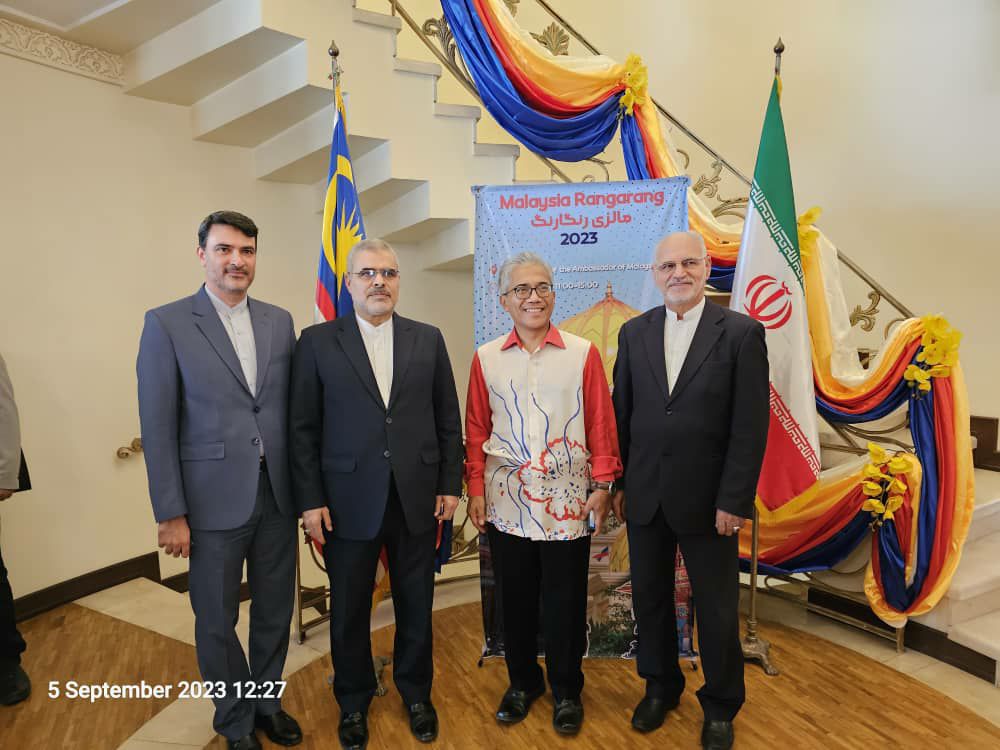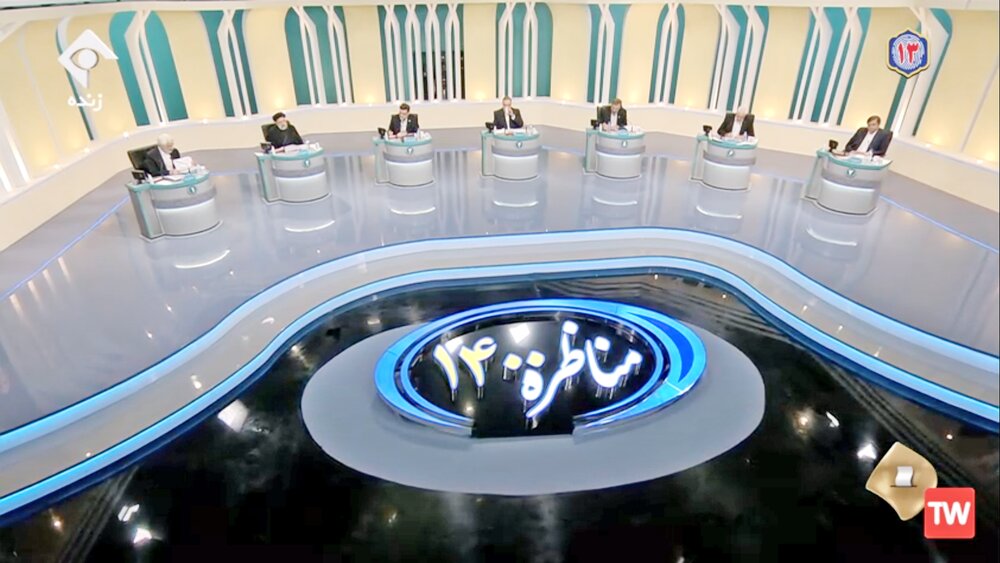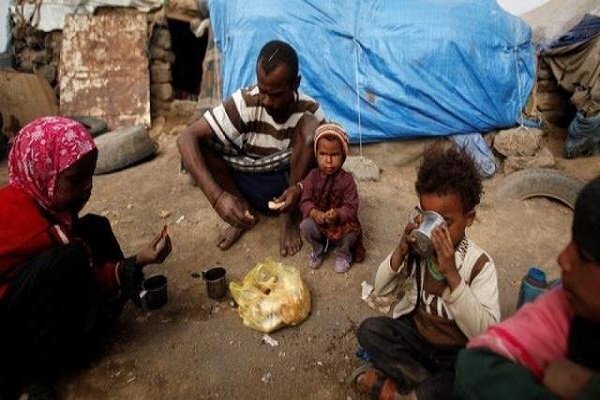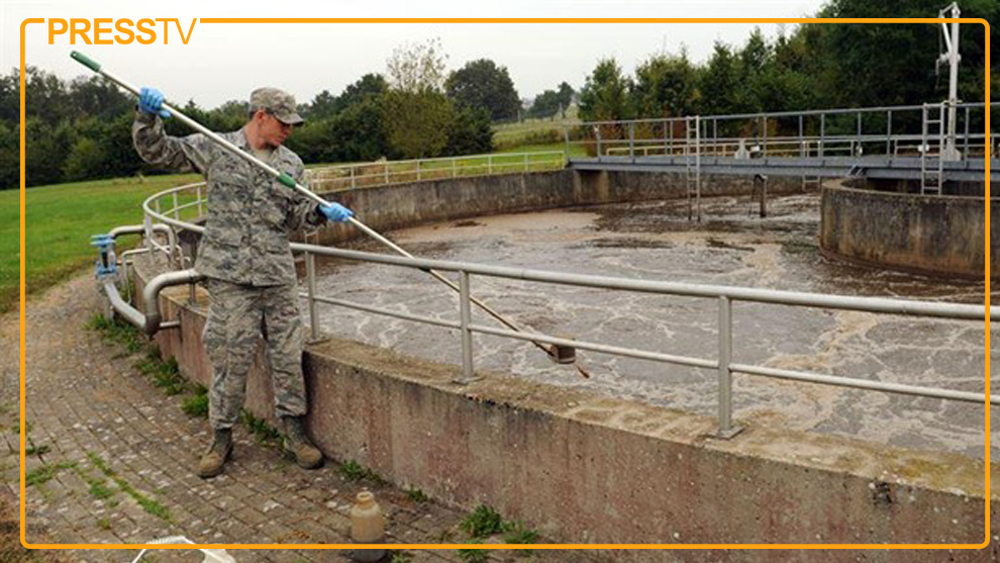Iran Launches Gas Pressure Boosting Project to Prevent Resource Migration to Qatar
TEHRAN (Iran News) Dr. Morteza Behroozifar, a faculty member at the Institute for International Energy Studies, told ILNA that Iran possesses substantial oil and gas reserves that could position the country as one of the leading producers and an influential exporter in the global energy market—without the need for imports.
Speaking about the importance of pressure-boosting operations and the lifting of sanctions in addressing Iran’s gas imbalance, Behroozifar warned that without consistent investment in oil and gas reservoirs and implementation of enhanced recovery methods, production volumes would naturally decline year by year.
“South Pars has been producing for over two decades now. If investment does not continue, our production imbalance will worsen annually. While the pressure-boosting project can partially address this issue, it requires advanced equipment, machinery, and technical expertise,” he explained.
Behroozifar emphasized that the pressure-boosting initiative could prevent gas from migrating toward Qatar, a country that shares the South Pars/North Dome field with Iran. He noted that the project is expected to increase Iran’s daily gas output by 250 million cubic meters over five years.
“However, we must also recognize that Qatar is rapidly expanding its operations and significantly increasing its LNG production capacity. Their current extraction from South Pars stands at around 80 million tons and is set to exceed 120 million tons. So assuming we can outpace Qatar just through pressure-boosting alone is overly optimistic,” he added.
The energy expert stressed that lifting sanctions would allow Iran to re-engage foreign contractors and import essential technologies and equipment. Without this access, Iran’s gas sector—and by extension, its entire economy—will continue to face increasing challenges.
“If negotiations succeed, we’ll have access to international financing and supply chains. Iran’s energy reserves are vast enough to not only meet domestic needs but also export substantial quantities,” Behroozifar stated. “Even if we import, it would be for re-export purposes.”
He further explained that resolving diplomatic tensions would allow Iran to simultaneously increase gas production and reduce domestic consumption through improved efficiency, ultimately leaving more gas available for export.
“Strategic action is needed. If we take the right steps, Iran could become a reliable gas exporter. But for now, we must prioritize ensuring our power plants and industries have enough fuel to get through the winter, given the current strain on both electricity and gas supplies throughout the year,” he warned.
Behroozifar concluded that resolving international issues could significantly ease Iran’s energy challenges within two years. “If we don’t make meaningful investments in oil, gas, electricity, and the wider economy, GDP will continue to decline. Net investment in the country is currently negative—we’re not only failing to grow, but we’re losing what we have. That means our economic situation will worsen each year unless we act.”
- source : IRAN NEWS ECONOMIC DESK






























